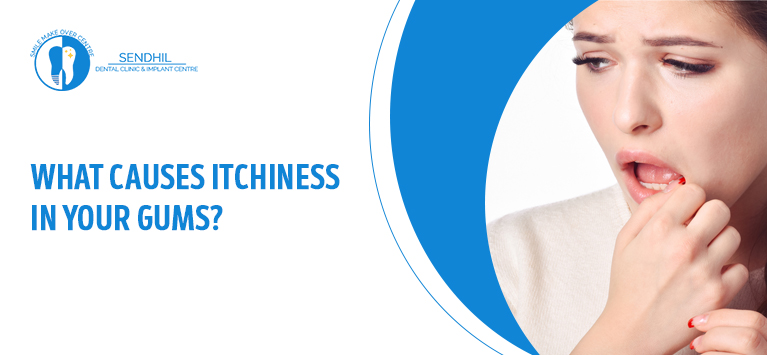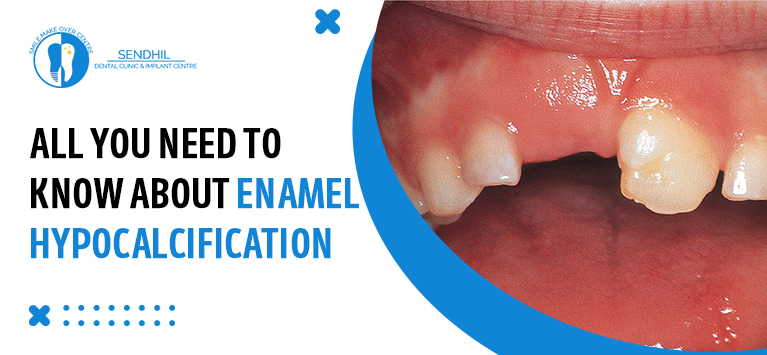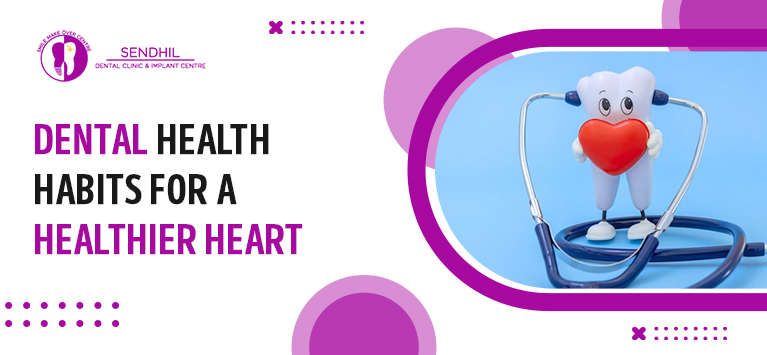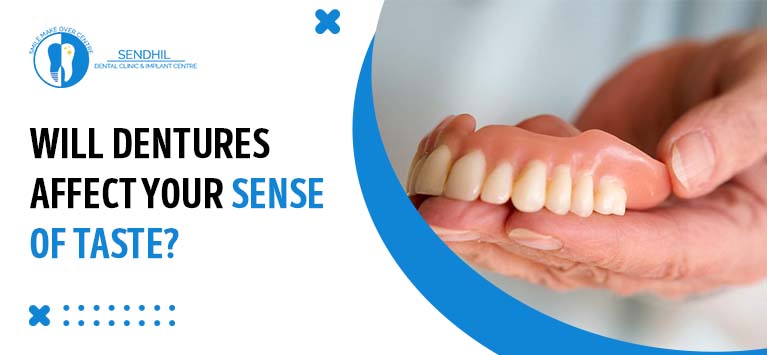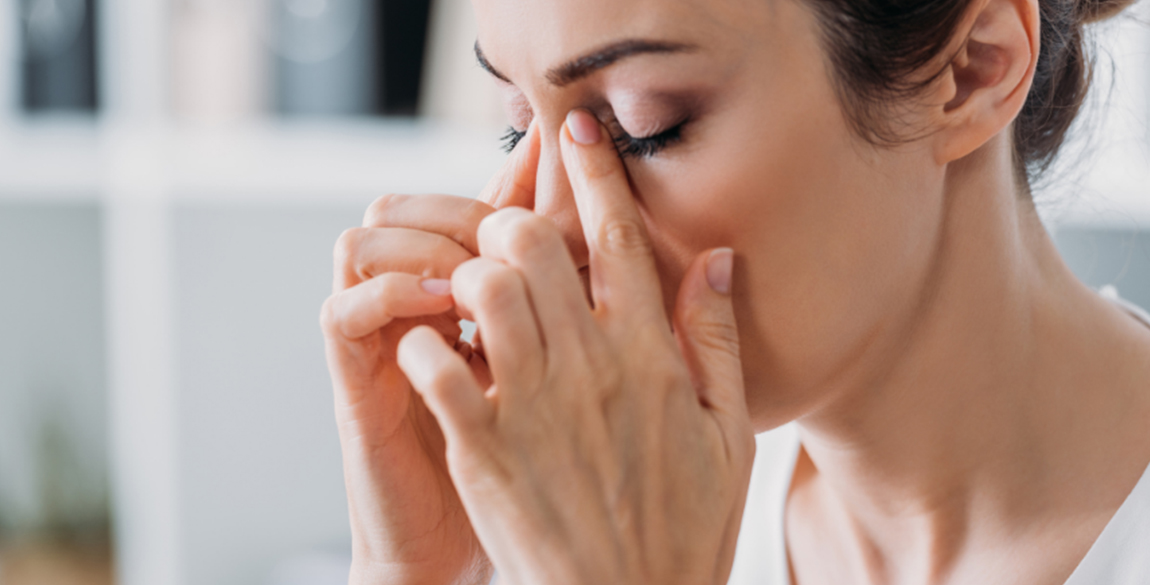Hyperdontia – Symptons, Causes and Treatments
Hyperdontia is an oral condition characterized by having an excess number of teeth. The standard number of primary teeth is 20 and the standard number of permanent teeth is 32. Primary teeth are the first set of teeth that erupt in a person’s mouth, generally by the age of 36 months of age, and are shed by the time the person is about 12 years old. The permanent teeth then take the place of the primary teeth and usually erupt completely by the time the person reaches 21 years of age. A person who develops more than 20 primary teeth or more than 32 permanent teeth has hyperdontia. The additional teeth are referred to as supernumerary teeth.
Most of the time, extra teeth are in the upper arch of a person’s set of permanent teeth. The second most common area to be affected is the lower arches fourth molars. Supernumerary teeth can occur anywhere in the mouth, but it’s rare for it to occur other than in these areas.
Symptoms
Strangely, hyperdontia doesn’t have any noticeable symptoms as the condition comes to the fore only when the individual complains of aches or is diagnosed with the syndromes listed above. Some common symptoms are:
- Non-appearance of permanent or adult teeth
- Teeth crowding
- Permanent teeth getting displaced
- Unnatural facial appearance
- Speech related issues
Shapes of extra teeth include:
- Supplemental – The tooth is shaped similarly to the type of tooth that it grows near.
- Tuberculate – The tooth has a tube or barrel-like shape.
- Compound odontoma – The tooth is made up of several small, tooth-like growths near each other.
- Complex odontoma. Rather than a single tooth, an area of tooth-like tissue grows in a disordered group.
- Conical, or peg-shaped. The tooth is wide at the base and narrows out near the top, making it look sharp.
Causes
The cause of hyperdontia is not entirely clear. It is believed that there may be a genetic factor in hyperdontia consisting of an autosomal dominant trait with low penetrance (only sometimes producing supernumerary teeth in a carrier of the mutated gene). Other possible causes are environmental factors and over activity of the dental lamina during tooth development. The dental lamina is a zone of cells that initiates the formation of the tooth germ, which forms the tooth.
Treatments
While some cases of hyperdontia don’t need treatment, others require removing the extra teeth. It is important to detect, evaluate, and treat supernumerary teeth as soon as possible since the additional teeth will present both cosmetic and functional problems for the affected individual. As a majority of supernumerary teeth cause clinical problems, treatment generally consists of removal of the teeth when possible. Depending on the issue, a dentist will likely recommend removing the extra teeth if you:
- have an underlying genetic condition causing the extra teeth to appear
- can’t chew properly or your extra teeth cut your mouth when you chew
- feel pain or discomfort due to overcrowding
- have a hard time properly brushing your teeth or flossing because of the extra teeth, which could lead to decay or gum disease
- feel uncomfortable or self-conscious about the way your extra teeth look



